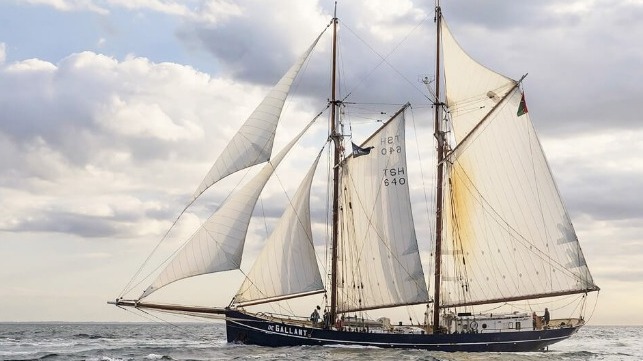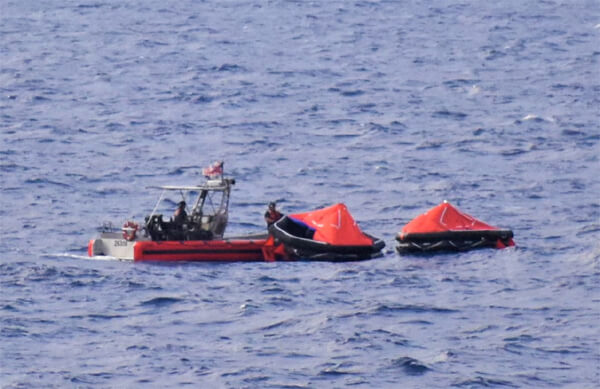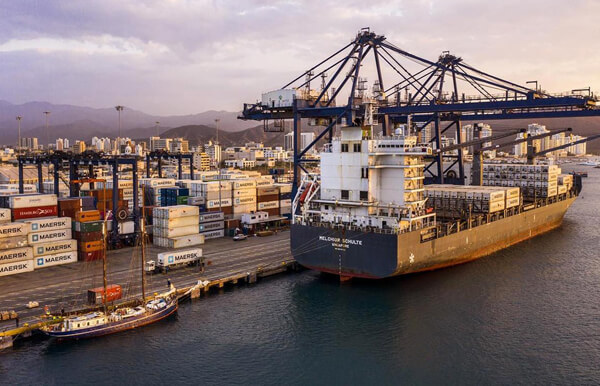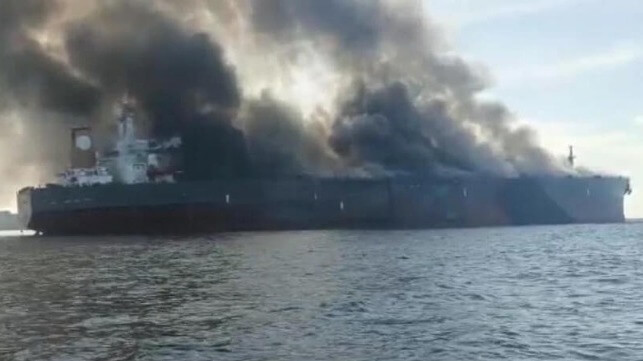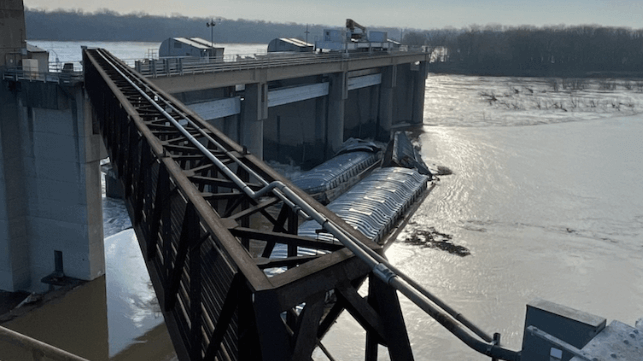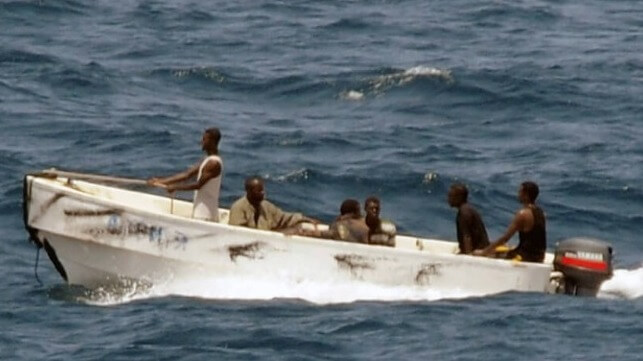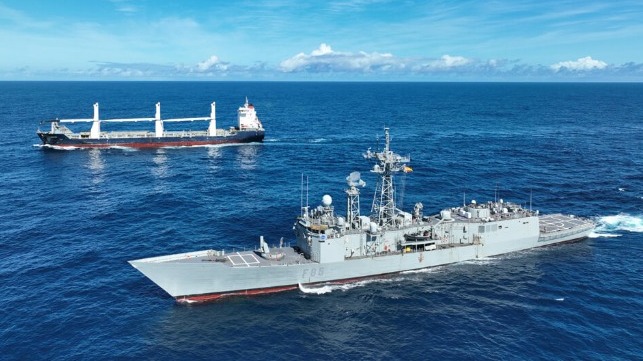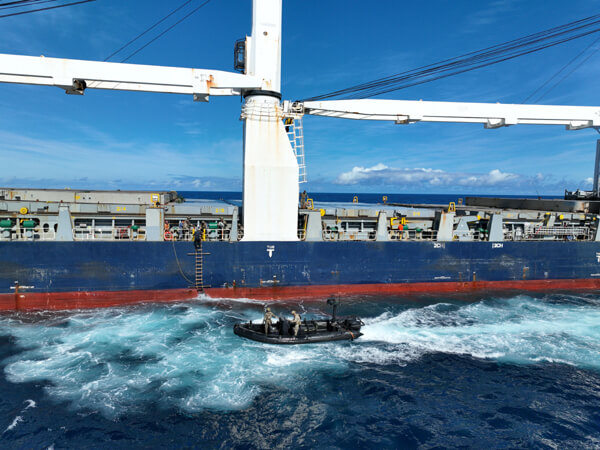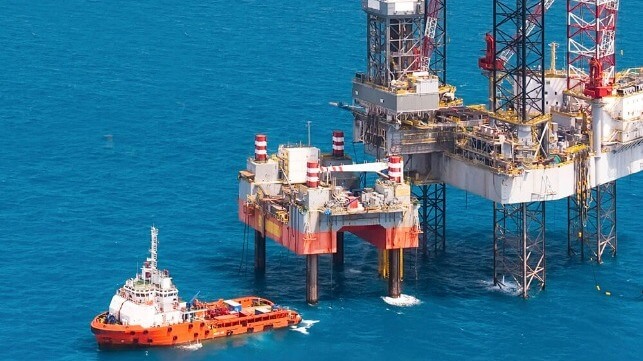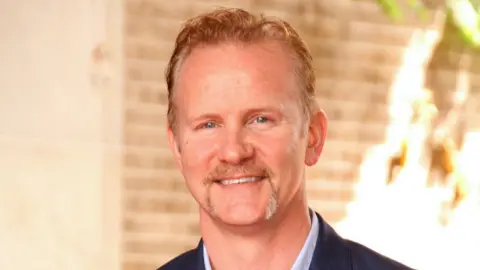The “energy transition." You know the term, but where did it come from? While interest in alternative energy sources can be traced back to the oil crisis of the 1970s, it was during the 2015 Paris Agreement that the first hard goals were placed toward limiting global warming to below 2oC compared to pre-industrial levels.
“Energy transition” refers to a shift from fossil fuels — including oil, natural gas and coal — to renewable energy sources like wind and solar as well as power storage driven by lithium-ion technology. The push for electrification and improvements in energy storage are all key facilitators of the transition.
In the marine space, a sector notably excluded from the Paris Agreement though responsible for approximately three percent of total greenhouse gasses globally, most of the recent attention has been on IMO 2050 — the International Maritime Organization’s Greenhouse Gas Strategy, which sets a target of net-zero emissions by 2050.
These goals — net-zero emissions, less than 2oC — impact investment strategy, operating procedures and equipment selection. Ultimately, they provide a lens through which the entire offshore energy sector can be viewed as investors and regulators prioritize environmental, social and governance (ESG) factors.
State of Renewables
Offshore wind has long been touted as a viable solution, yet 2023 found the sector battling stormy seas.
On the U.S. East Coast, 2023 saw major projects cancelled due to macroeconomic factors such as skyrocketing inflation, increasing interest rates and supply chain issues that impacted the entire industry. Moving forward means more favorable terms are needed for developers, but those terms will come with higher energy costs to the already squeezed consumer.
On a potentially positive note, previous windfarm partnerships were dissolved earlier this year with Equinor and bp splitting their joint ventures. Equinor will take full ownership of the Empire Wind 1 and 2 projects while bp assumes full ownership of the Beacon Wind project. Likewise, Ørsted is vying for full ownership of Sunrise Wind, working to acquire Eversource’s 50 percent stake in the project.
Sole control over these projects should allow developers to make better business decisions while gaining negotiating leverage over regulators. Because despite the noble intentions of the transition, “If it don’t make dollars, it won’t make sense.”
M&A Market
While companies are moving apart in the renewables space, they’re consolidating upstream.
Both Exxon and Chevron have made massive investments of around $60 billion each, acquiring Pioneer and Hess, respectively. Chevron’s purchase of Hess looks to future inventories, specifically the Stabroek Block in Guyana, which is core to Chevron’s future production plans.
Talos Energy recently completed its acquisition of QuarterNorth, adding production of approximately 30 thousand barrels of oil equivalent per day (Mboe/d).
In the natural gas space, Chesapeake Energy and Southwestern Energy announced a $7.4 billion all-stock merger at the start of the year that will create the largest natural gas producer in the U.S. “This powerful combination redefines the natural gas producer,” stated Chesapeake President & CEO Nick Dell’Osso, “forming the first U.S.-based independent that can truly compete on an international scale.” Dell’Osso will head the combined company.
Investing in 2024
The energy industry is off to a strong start, largely thanks to high oil prices, which will allow the upstream industry to maintain its 2023 hydrocarbon investment level of about $580 billion and generate over $800 billion in free cash flow in 2024. These investments are driven by expected stable oil prices from 2023 with WTI crude expected to average $78.84 per barrel.
This isn’t all positive for renewables, though.
A 2023 Deloitte survey of O&G executives found that investment in low-carbon projects would be made if returns on those projects exceeded 12 to 15 percent. Yet 2022 returns on major renewable electricity projects ranged from six to eight percent. This means the 2024 focus is more likely to be on (1) addressing operational efficiency and reducing direct emissions, and (2) alternative, low-carbon fuels such as natural gas, biofuels and hydrogen.
But if investment in renewable projects is sitting this inning out, there were major upstream projects greenlighted in 2023 that will bolster the industry in 2024.
In the U.A.E., ADNOC group awarded contracts for development of the Hail and Ghasha offshore gas fields. This is an interesting project as it’s the world’s largest offshore sour gas development, and it aims to operate with net-zero CO2 emissions. The design aims to capture 1.5 million tons of CO2 per year by transporting it onshore and storing it underground – a truly integrated solution.
In the U.K., both Equinor and Ithaca confirmed investment decisions for the controversial Rosebank Field, finally approved by the North Sea Transition Authority. The project targets an estimated 300 million barrels of oil and will tie back subsea wells to a redeployed FPSO. Production is expected to begin in 2026 or 2027.
The Gulf of Mexico saw multiple projects getting the green light including Woodside Energy’s Trion project in the Perdido Basin. The project will use a floating production unit (FPU) connected to a floating storage and offloading (FSO) vessel. Shell made the decision to move forward with the Dover project in the Mississippi Canyon block, tying back to the Appomattox production hub. It also greenlit the Sparta project, which includes eight production wells tied back to a semisubmersible FPU.
And in Guyana the Stabroek Block continues to heat up with ExxonMobil sanctioning its fifth development project – Uaru. It includes up to ten drill centers and 44 production and injection wells.
FPSO Development
Increased production and investments in field developments are relying heavily on Floating Production Storage and Offloading (FPSO) units with many of them planned for Guyana.
The FPSO Errea Wittu, which means “abundance,” will be deployed approximately 200 kilometers offshore Guyana at a water depth of 1,690 meters and storage capacity of two million barrels of crude. It will be “one of the most sustainable FPSOs in the world, using an energy production system with a combined cycle turbine on board.”
The mooring preinstallation contract has been awarded to Jumbo Offshore Installation Contractors by MODEC Guyana. The FPSO mooring system consists of nineteen legs with suction anchors, 8,800 meters of chain sections and 43,168 meters of polyester rope. Jumbo’s heavy lift vessel Fairplayer is uniquely designed with large amounts of cargo space to perform the transport and installation with a minimal number of voyages.
Igor Rijnberg, Head of Sales & Business Development Subsea at Jumbo Offshore, said, “The Jumbo Offshore team is very grateful to MODEC for this opportunity. We will use the extensive deep-water mooring installation experience gained over the last years to deliver a reliable, smart and efficient project execution.”
OSV Market
Growing EPC (engineering, procurement and construction) spend and increasing scarcity of premium vessel supply (less than 15 years old) could see OSV utilization rates reach 83 percent by the end of 2024, says Westwood Global Energy Group.
The active global OSV fleet totaled 3,077 vessels in 2023 with around 250 premium vessels still laid up. These will continue to be brought out of layup as the year progresses. Vessel day rates have also become more attractive with increases of nearly 70 percent since the recovery began in 2021.
Despite this, however, rates still don’t justify newbuilds due to the increased costs of vessel construction. An analysis by Tidewater suggests rates need to increase to $38,000/day with utilization at 90 percent to justify ordering a $65 million newbuild to achieve its cost of capital over a 20-year life.
No newbuilds, rising demand and limited supply mean both vessel costs and day rates will continue to climb.
Limited vessel supply also means that those on the market need to operate more efficiently with full visibility for ESG requirements, and ABS has been working with operators such as Edison Chouest Offshore (ECO), which operates a fleet of nearly 300 vessels, on its decarbonization journey with greenhouse gas inventory and sustainability reporting services.
Carbon accounting, also known as a greenhouse gas (GHG) inventory, is the process by which organizations quantify their GHG emissions. Quantifying emissions provides insights to organizations so they can understand their climate impact and set goals to limit emissions. This helps manage carbon compliance risks, meets the requirement for emissions reporting and addresses stakeholder expectations.
“It’s ECO and ABS’s collective commitment to transparency and environmental and social stewardship that led us to collaborate with ABS on sustainability reports that set a new standard in corporate responsibility,” stated Bryan Rousse, ECO’s Sustainability Coordinator.
2024 and Beyond
While renewables are working through a rough patch, overall the offshore energy industry is looking strong into 2024 and beyond. Future investment in infrastructure and storage technologies will play a key role in accelerating the transition while continued investment offshore will keep the home fires burning.
The energy mix, still driven primarily by oil and gas, is benefiting from operational efficiencies and the smart use of assets. GHG planning helps offshore assets operate more cleanly and efficiently than any other time in history.
The future is looking bright.
Sean Hogue is Senior Vice President of Operations for Baker Energy Solutions.
